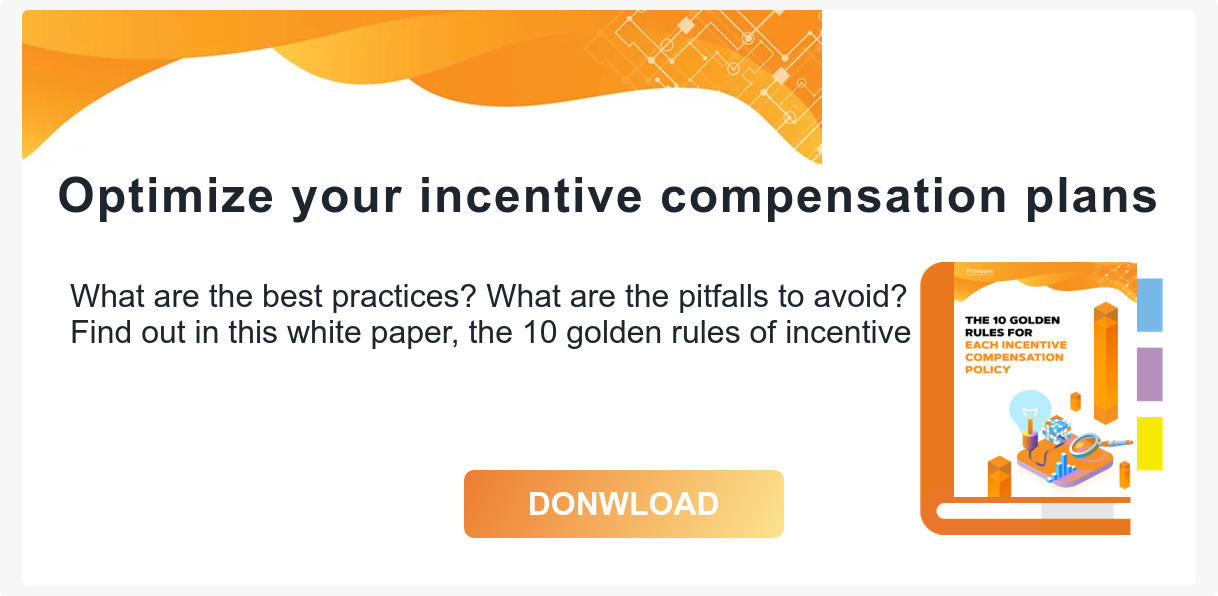Company success can only be possible if performance is evaluated correctly. This can be awkward for many employers who hesitate when it comes to finding the best method to use. How can we evaluate performance effectively and achieve objectives without increasing employee workloads? Hints and tips in this article.
Prefer frequent performance evaluations
Rather than occasional evaluation sessions, there could be a genuine advantage for the company if they evaluate employee performance on a regular basis. This approach involves putting together regular reports in order to rapidly detect strategic errors, employee weaknesses or potential misunderstandings.
The broadest possible vision of staff performance is essential for making the necessary adjustments. This approach means that employee and global strategy development must be closely monitored. General evaluations covering a long cycle of past performances will not provide the means to correct errors rapidly and can also create uneasiness amongst staff.
Whilst regular evaluations may put many employers off as they fear the amount of time spent producing all those reports, the method has a number of advantages: continuous performance assessment is more flexible and provides the means to improve expected results very quickly. Being more regular, these reports are also shorter and therefore do not monopolise HR and management teams as much. In addition to this, continuous assessment can serve to improve dialogue within the company.
Encourage staff to participate in the company’s reports
To be pertinent, performance evaluations cannot exist without staff feedback. They must have the opportunity to express their doubts and worries freely. Shifting towards a more horizontal performance assessment will produce more general and individual performance information. Listening to employee expectations is essential for identifying those subjects that need to improve over the short and medium term.
Without actually asking employees to actually determine the nature of the objectives they will need to reach themselves, listening to their opinions will be essential to understanding past mistakes and reconsidering the missions to be entrusted to each employee. Staff participation in general performance reports must be coordinated directly with the managers who themselves must express their own difficulties and successes.
Encouraging employees to speak out when they encounter obstacles will also help them to make propositions to increase company performance. Helping staff to become autonomous will contribute directly to the economic success of the company and thus participate directly in their long-term commitment.
Using digital tools to simplify performance assessments
Performance assessments often have to cope with physical problems which hinder the process. Managers and HR teams need to use the digital tools available to systematise the reports. Different platforms can be used to collect staff feedback and centralise the data. Furthermore, these tools can evaluate performance in a number of different ways, notably through questionnaires which can be filed anonymously.
By cross-referencing the performances, experiences and propositions of company employees, the company can get a global and up to date vision of its performance characteristics. The results of these assessment programs can be quickly communicated to managers, and the company’s other decision makers, to present both a general performance report and individual reports for each employee.
However these digital assessment methods cannot completely replace real-world meetings. But they are a very useful and essential complement to the panorama established during the various manager-employee meetings.
5 different ways to evaluate performance
Some ways of evaluating performance may be more useful than others depending on the nature of the company. These 5 companies have made radically different, but successful, choices in how they evaluate employee performance, allowing for the specificities of their business sector and the make-up of their teams.
1. General Electric the choice of employee autonomy
In the past, this American multi-national evaluated its staff by classing them into 5 categories, ranging from unsatisfactory to excellent. The failure of this method, which just does not generate enough staff performance data, pushed them to decide to encourage their staff to develop their own ideas. Thanks to a specially designed mobile app, employees are invited to set their own short-term objectives and comment on their own progress, difficulties and successes. General Electric encourages its employees to take risks and learn from their own mistakes in order to progress. And to definitively help free them from the taboo that surrounds failure, the company came up with “Failcon”, a meeting in which executives and employees get together to talk about their mistakes and errors.
2. Google and employee self-assessments
The internet giant initiated a movement in Silicon Valley with its OKR (Objective Key Results) method. The idea is to let the employees set their own objectives and evaluate their own performance, depending on their workload and individual priorities. This very flexible method is perfectly suited to a constantly shifting work environment like that of Google. The company also opted for quarterly and annual performance cycles. The OKR are then published openly to encourage all staff to make comments and propose advice to their colleagues. Thanks to this method, Google has managed to set up a company environment founded on individual initiatives and collective solidarity.
3. Deloitte and a preference for short-term assessments
The British company abandoned its old performance assessment method, which involved going over and evaluating past errors. These meetings only generated frustration and completely failed to come up with improvement ideas. Deloitte has now opted for quarterly assessments and sets short-term objectives which integrate the employee’s skillset and the company’s global strategy. This is less about evaluating the employee and more about highlighting their strengths and helping them to deal with their weaknesses. This positive work vision allows for on-the-level evaluations where managers and employees are encouraged to achieve and exceed their objectives.
4. Netflix or collective performance assessment
Rather than going for employee self-assessments, the streaming giant preferred to ask all of its employees to evaluate the work of the other members of their team. At the end of each performance cycle, the company sends out a questionnaire to each employee asking them to give their feedback on the performance of their colleagues. In this context, the company has no qualms about asking which employee should be sacked or which should get a raise; although the negative responses do not actually lead to any immediate sackings. This performance assessment method has proven beneficial to the Netflix managers who have to coordinate large teams and do not have the resources to complete individual reports on each employee.
5. Coca-Cola, long term commitment through effective performance management
Internal promotions are the key to management for Coca-Cola. The soda company has now arrived at a situation where 78% of its management positions are occupied by employees who have successfully moved up through the ranks. This talent loyalty strategy is wholly linked to increasing employee performance and perfectly sets out the performance assessment method used by Coca-Cola: the 9 boxes. By classifying each employee in a box depending on their current performance and potential, the manager gets an overall vision of the profiles of their staff and the levers that might facilitate their promotion. Boosting the motivation of each employee and proposing an objective vision of their strengths and weaknesses is, according to the company, the secret that has contributed to significantly increasing Coca-Cola’s growth.
If a company wants to achieve better results and show that it cares about the opinions of its employees then its performance assessments must be frequent, thorough and systematic. By making performance assessments an essential part of its operation, the company can encourage rapid adjustment to its global strategy and favour the professional development of its employees.




